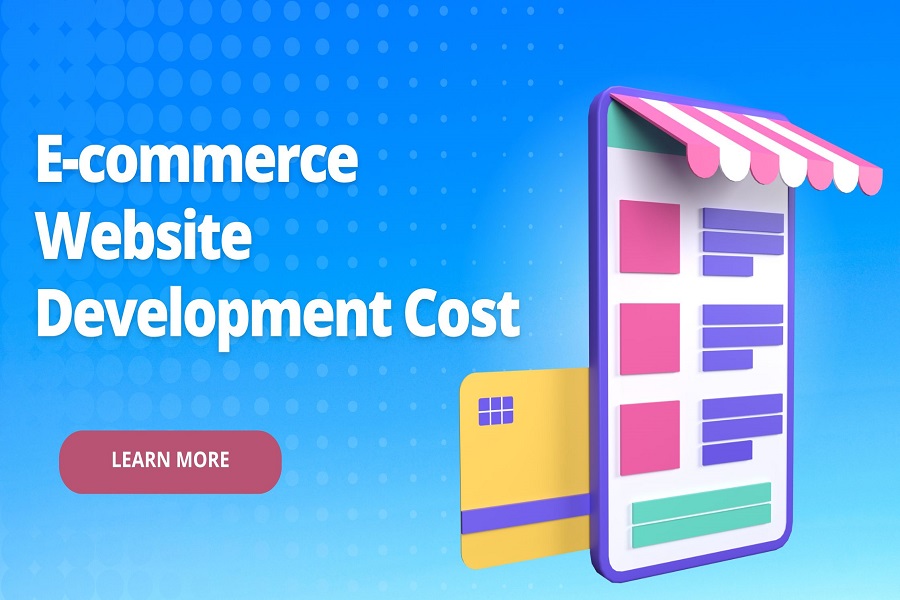
As we step into 2024, the e-commerce landscape continues to evolve at a rapid pace. Businesses are increasingly recognizing the importance of having a robust online presence. One of the key considerations for any business planning to venture into online retail is the cost of developing an e-commerce website. This blog aims to provide a detailed overview of the factors influencing e-commerce website development costs in the UK in 2024.
Introduction to E-commerce in 2024
E-commerce has become a cornerstone of the global economy, with the UK being one of the leading markets. The convenience, variety, and competitive pricing offered by online shopping make it an attractive option for consumers. As a result, businesses of all sizes are looking to tap into this lucrative market. However, understanding the costs associated with developing an e-commerce website is crucial for effective budget planning.
Key Factors Influencing Development Costs
Several factors impact the cost of developing an e-commerce website. Here are the primary considerations:
Website Complexity and Features
The complexity of your website and the features you wish to include are major cost determinants. Basic e-commerce websites with standard features such as product listings, shopping carts, and payment gateways are less expensive. In contrast, advanced features like custom product configurators, AI-driven recommendations, multi-language support, and extensive third-party integrations significantly increase costs.
Design and User Experience
A well-designed website that offers an intuitive user experience can make a substantial difference in attracting and retaining customers. Custom design work, including unique layouts, graphics, and branding elements, tends to be more costly than using pre-designed templates. However, the investment often pays off by creating a memorable and user-friendly shopping experience.
Platform Choice
The platform you choose for your e-commerce website also affects the overall cost. Popular platforms like Shopify, WooCommerce, and Magento offer different pricing models. Shopify, for example, has a subscription-based pricing structure, while WooCommerce, being a WordPress plugin, requires hosting and additional plugin costs. Magento, known for its scalability, can be more expensive due to its complex setup and maintenance requirements.
Development Team
The cost of hiring a development team can vary widely based on their expertise, location, and the scope of the project. In the UK, you might pay more for seasoned developers and designers compared to offshore teams. However, the quality and reliability of a local team can often justify the higher expense.
Ongoing Maintenance and Updates
Building the website is just the beginning. Ongoing maintenance, security updates, and feature enhancements are essential for the smooth operation of your e-commerce site. Allocating a portion of your budget for regular maintenance ensures your website remains secure and functional.
Estimated Costs Breakdown
To give you a clearer idea, here’s a rough breakdown of e-commerce website development costs in the UK for 2024:
Basic E-commerce Website: £3,000 – £10,000
Suitable for small businesses or startups with standard features.
Mid-Range E-commerce Website: £10,000 – £50,000
For businesses requiring custom design, advanced features, and third-party integrations.
High-End E-commerce Website: £50,000 – £200,000+
Large enterprises with complex requirements, custom development, and extensive functionalities.
Additional Considerations
SEO and Marketing
Investing in SEO and digital marketing is crucial for driving traffic to your new e-commerce site. Budgeting for these services ensures that your website reaches your target audience effectively.
Mobile Responsiveness
With a significant portion of online shopping done via mobile devices, ensuring your website is mobile-responsive is non-negotiable. This may incur additional costs but is essential for providing a seamless user experience.
Payment Gateway Fees
Different payment gateways come with varying transaction fees. It’s important to consider these ongoing costs as part of your overall budget.
Conclusion
Developing an e-commerce website in the UK in 2024 involves careful consideration of various factors and a clear understanding of your business needs. While the costs can vary widely based on complexity, features, and other elements, investing in a quality website can yield significant returns by attracting and retaining customers. By planning your budget effectively and choosing the right development partners, you can build an e-commerce platform that supports your business growth in the dynamic online market.
If you have any questions or need assistance with your e-commerce website development, feel free to contact Devstree UK. We’re here to help you navigate the complexities and create a successful online store tailored to your business needs.
